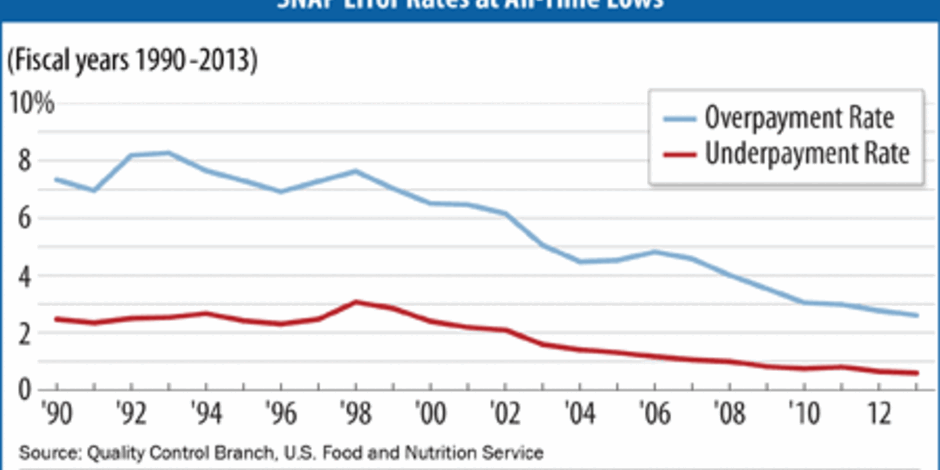SNAP Payment Errors Impact 1 in 10 Households: USDA Reports 11.68% Error Rate
USDA Calls for FY25 Budget Boost to Enhance SNAP Payment Accuracy
A persistent error in the Supplemental Nutrition Assistance Program (SNAP) is leaving millions of Americans without the correct amount of benefits each month. According to BLACK ENTERPRISE, the new data from the United States Department of Agriculture’s Food and Nutrition Service, one in ten households are affected by errors in SNAP payments. Since 2023 recipients have been receiving either too much or too little of their monthly benefits. The overall payment error rate across the U.S. stands at 11.68% with an overpayment rate exceeding 10% and an underpayment rate of 1.64%. Cindy Long administrator for the Food and Nutrition Service emphasized the importance of accurate benefits for families in need and for maintaining public trust.
The SNAP program a crucial anti-poverty tool has significantly helped African American families aiding 1.2 million in avoiding deep poverty. However, ongoing payment errors threaten its effectiveness. States in the Northeast have the highest underpayment rates with Washington, D.C. at 4.58% and Maryland at 3.91% while Alaska and New Jersey have overpayment rates of 59.59% and 33.43%. In response the USDA has requested additional funds in the president’s FY25 Budget to improve payment accuracy and program integrity including funding for quality control, updated computer systems and a new Office of Training and Development. States with high error rates must submit corrective action plans. The USDA’s efforts underscore SNAP’s vital role in supporting low-income families and maintaining public trust.

SNAP Program Faces Challenges with Overpayments and Underpayments: USDA Seeks Solutions
Furthermore, the accuracy of SNAP payments is crucial not only for the immediate well-being of recipients but also for the broader goal of economic stability and poverty alleviation. Errors in payment distribution can have far-reaching effects exacerbating financial instability for families who rely on these benefits for their basic nutritional needs. The Food and Nutrition Service’s push for improved payment accuracy is a critical step in ensuring that every dollar of aid reaches those who need it most thereby enhancing the program’s overall effectiveness. The USDA’s call for additional funding highlights the need for robust infrastructure to support the efficient management of SNAP. This includes the implementation of advanced computer systems and comprehensive training programs for staff to minimize errors. The proposed Office of Training and Development is expected to play a pivotal role in standardizing procedures and enhancing the skill set of personnel involved in the program’s administration.
READ ALSO: Government Power Struggle Intensifies: Labor Department Rule Sparks Debate
